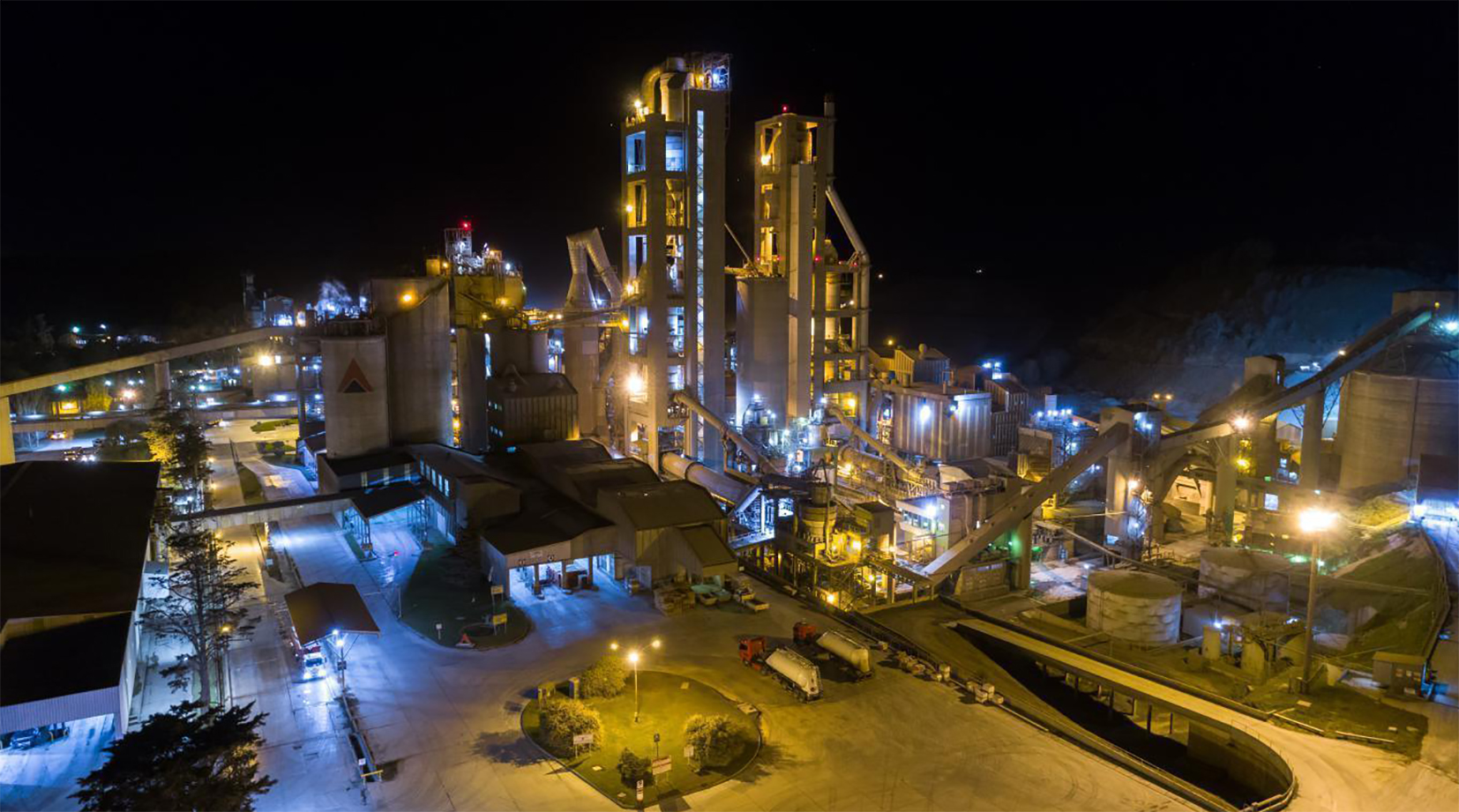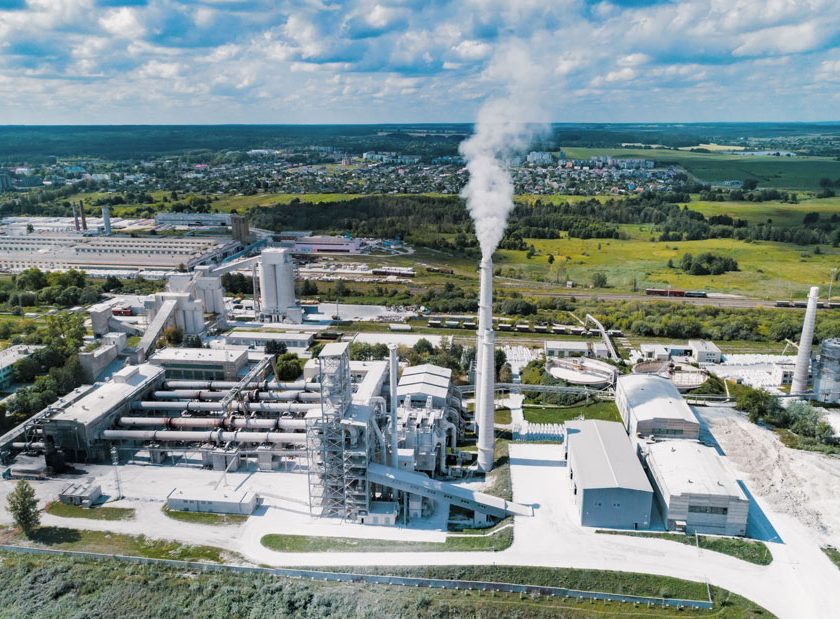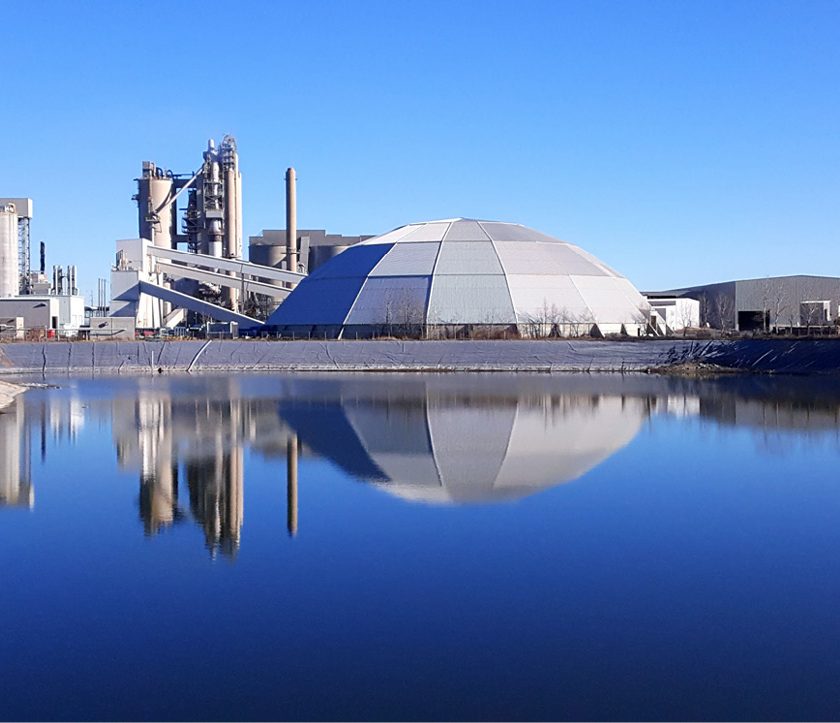Sustainable Development Will Rely On Sustainable Concrete, Which Makes The Cement Industry Both Part Of The Problem And Part Of The Solution.
By Jonathan Rowland

In June, I started to look at what a 21st Century cement plant might look like with a quick overview of digitalization, Industry 4.0, and the idea of a smart cement plant.1 This month, I continue down this road and examine another topic that is also much talked about: sustainability.
Of course, the two topics overlap: smart factories are in general leaner, cleaner and greener. Digitalization is therefore a key component in the transition to a future where the environmental and social performance of industrial plants will be increasingly as important to a company’s performance as traditional financial indicators.
As with digitalization, sustainability is also a catch-all word that can mean many different things. A review of the UN Sustainable Development Goals (SDGs) is a case in point: these cover a broad range of social, economic and environment issues that run from the elimination of poverty and hunger to the provision of affordable, clean energy and the protection of biodiversity.
Before any discussion of how the cement industry itself adapts to the sustainability challenge, however, it is important to first recognize that the industry has a vital part to play in helping the global community meet sustainable development goals.2 Take SDG11 as one example. This calls for the development of inclusive, sustainable and resilient urban environments, including access to adequate and affordable housing and transport – as well as limiting the impact of natural disasters.
But as Ian Riley, CEO of the World Cement Association, clearly puts it: “You can’t have sustainable urbanization without concrete.” The concrete may be made in different ways but “it’s still required.”
The same is true when talking about the basic infrastructure required to achieve other SDGs: from roads to communication technologies, sanitation, electrical power … much will ultimately be built of concrete. Meanwhile, the strength and durability of concrete in the face of natural disasters and a changing climate gives it an important role to play in improving the resilience and adaptive capacity of communities.
This, then, is the imperative behind any sustainability transition in the cement industry, as Riley explained: “Cement – and steel – are integral to humanity’s future. So, we have to figure out how to make it in a way that doesn’t harm the environment or the communities in which the industry operates.”
Socially Acceptable Cement?
Taking this latter point about the social sustainability of the cement industry, the industry already has a long list of achievements: from initiatives to improve education and employment, provide affordable housing, or support better health and wellbeing among workers and their communities; to expanding regional biodiversity through responsible quarry rehabilitation; and significantly reducing its emissions of airborne pollutants, such as dust and NOX, that directly impact human health.
“From its tradition reputation as a dirty industry, there are now operational cement plants – particularly in places like India and China – that are so clean, it doesn’t look like they’ve been commissioned,” continued Riley. “Meanwhile, NOX emissions – a key ingredient in smog – are now as low as 50 mg/Nm3 at some plants.”
In China, for example, NOX limits in Beijing, Jiangsu, Henan and a number of other provinces were set at 100 mg/Nm3 in 2017, while some cities and regions have reduced this still further to 50 mg/Nm3. If plants do not comply, they are shut down. “This tightening of regulation is likely to become more widespread, especially in areas where cement plants are located near to populations,” said Riley.
Importantly, the technology is already available to ensure plants are able to hit these low levels with the approach taken in China and some other locations to use a combination of technologies, including self-denitration calciners, SNCR/SCR and nitrogen-rich alternative fuels. The latter release reductive chemicals that, when burnt, react with the NOx and reduce it to nitrogen.
Alternative fuels more generally are another key area in which the cement industry can make a significant contribution to the wider communities in which it operates, as a sustainable solution to waste management. The challenge posed by the world’s rising piles of trash should not be underestimated: global waste production could reach 27 billion tonnes per year by 2050, a third of which will be generated in Asia.3
Although the use of refuse-derived fuels (RDF) has a long history, particularly in Europe, where substitution rates can reach well over 50% and companies are pushing to hit 100%, in other areas, it is not yet as widely utilized. This is particularly so in regions where waste management infrastructure is under developed – but these provide ample opportunity for the cement industry to make a difference.
In India, for example, new government regulations require cement plants to utilize RDF at any locations within 400 km of an RDF production facility.4 India has also introduced rules to reduce the amount of plastic waste that finds its way into natural habitats by making the disposal of plastic packaging the responsibility of the producer, rather than the consumer.
Here, again, the cement industry “may find itself a crucial part of the solution, due to its ability to utilize plastic waste as an alternative fuel,” said Dr. Alka Mishra, head of sustainability solutions at FLSmidth India, in a recent article for the company’s website.4 “One opportunity arising from the regulations may be for the cement industry to partner with others that use plastic packaging to create efficient collection and processing systems for plastic waste that sees the non-recyclable elements made available for use in cement kilns.”
Sustainable Talent
The increasing centrality of sustainability issues to the cement industry may also help solve another longstanding challenge for the industry: talent acquisition and retention.
“Gender diversity is not often talked about enough in relation to sustainability,” explained Manon Burbidge, communications and policy coordinator at the WCA. “But as sustainability becomes more central to the cement industry and it moves away from its image as an old, dirty, traditionally-masculine industry, this is likely to make it more interesting to women, who have been shown to take more of an interest in sustainability-related topics. Bringing fresh ideas and talent into the industry will also be important for tackling the environmental challenge.”
“There’ll be a different group of people attracted into the industry,” agreed Riley. “If we can get to the point where the industry is seen as green, it will become far more attractive to both young people and women.”
This, then, brings us to the elephant in the room – and the topic for my next column: climate change and the transition to net-zero. Stay tuned!
References
1. Rowland, J., ‘The Smart Cement Plant’, Rock Products (June 2021), pp. 72-74.
2. For more on how cement and concrete support sustainability goals see: GCCA, Our Contribution to Achieving the UN SDGs: https://gccassociation.org/sustainability-innovation/the-un-sustainable-development-goals/
3. Kumar, S. et al, ‘Challenges and opportunities associated with waste management in India’, Royal Society Open Sci (22 March 2017): https://royalsocietypublishing.org/doi/10.1098/rsos.160764#d3e25554. Mishra, A., ‘How to solve the municipal solid waste challenge in India’ FLSmidth: https://www.flsmidth.com/en-gb/discover/cement-2021/how-to-solve-the-municipal-solid-waste-challenge-in-india



